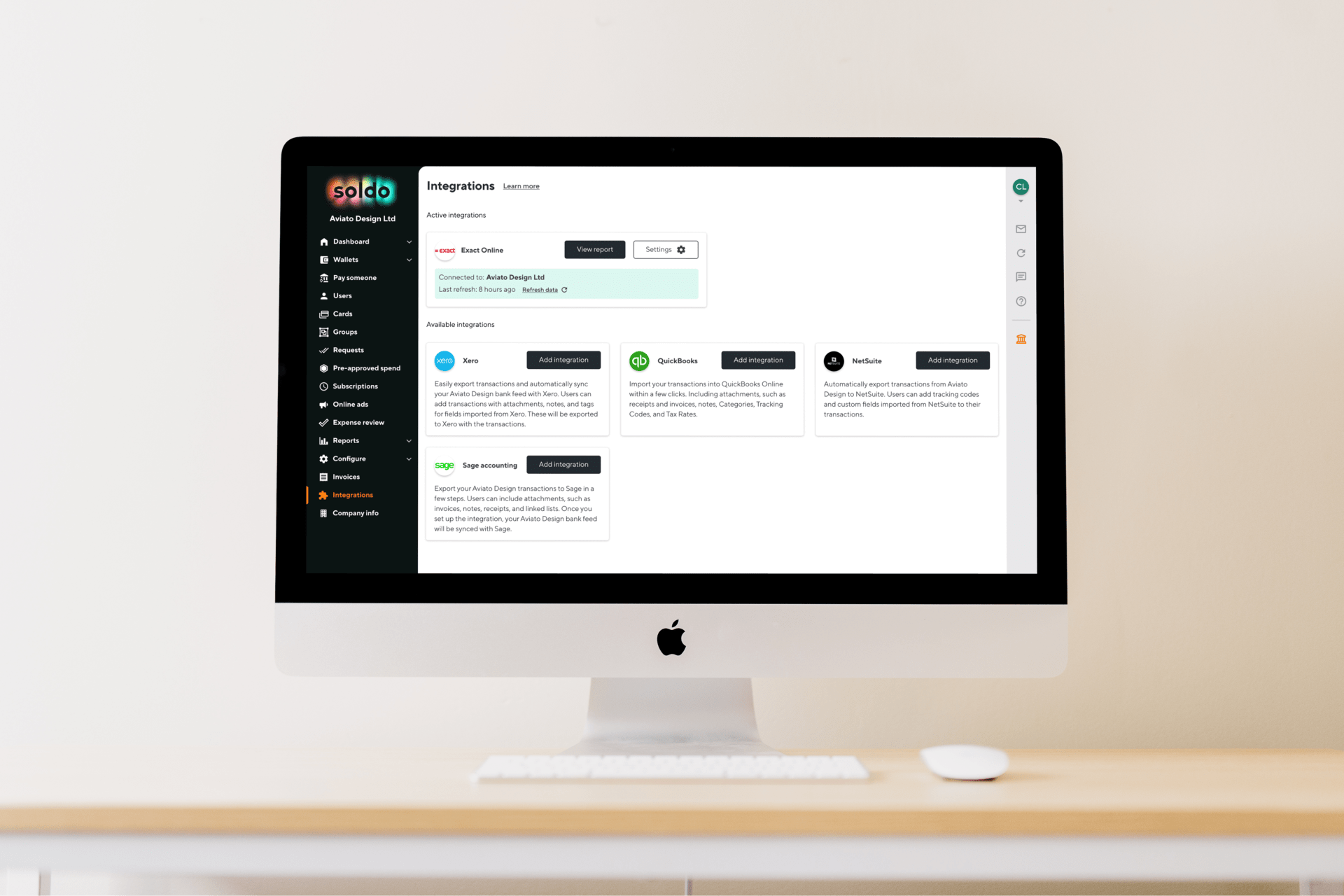Getting started with finance automation is a bit like driving a Ferrari. The turbocharged engine opens up all sorts of exciting new possibilities. But if your technique isn’t up to scratch, you’re more likely to find yourself on the side of the road waiting for the AA truck, than enthusing about the smoothness of the ride.
To put it more bluntly, while finance automation saves time, money, and effort — and enables you to base critical decisions on real-time data, instead of forecasts that may or may not be accurate — it’s not a silver bullet.
Just as important, you need to have the right approach. Otherwise, you risk amplifying the problems in your current processes or, worse, causing more issues than you solve.
So what does ‘right’ look like? And what are the pitfalls to avoid?
In this article, we’ll take a look at common finance automation mistakes, and the steps you should take to make sure you stay on the right track.
Fasten your seatbelt.
Shiny object syndrome
Choosing a vendor might seem like the easiest part of automating your financial processes. But, because the market is increasingly competitive, the huge array of choices on offer can derail you before you’ve even started.
In an episode of our podcast, The CFO Playbook, Gousto’s Jim Buckle didn’t mince his words:
“You could spend your whole life responding to emails or phone calls about a particular product that someone says will transform your finance function.”
The risk is that you’ll get side-tracked and choose a product that has lots of bells and whistles, but lacks the basic functionality you need. Which means all the time, money, and effort you’re about to put into deploying the automation across your organisation could end up being wasted. Buckle continues:
“You have to be deliberate when determining which tools and systems to invest in.”
And you can’t do that unless you’re clear about your goals.
Why do you want to start using finance automation? What are you hoping to achieve?
At the risk of stating the obvious, what automation generally does is take time-consuming, repetitive, low-value tasks off your staff’s to-do lists, so they can focus on more important jobs.
But that’s broad and rather vague. To make an informed choice, your goals need to be as specific as possible.
Needless to say, the goals you settle on will depend on your particular circumstances. That said, some specific goals you might want to achieve through finance automation could include:
- Simplifying expense management processes
- Curbing expense fraud
- Increasing individual accountability around departmental spending
- Cutting spending waste
- More accurate budgeting and forecasting
- Getting a clearer picture of your overall financial health
While you’re at it, make these goals measurable and time-bound. For example, you could decide you want to cut the incidence of expense fraud by 40% within 12 months.
These metrics will help you define what success should look like, and enable you to track your progress.
Involving your staff too late in the process
You’ve set your goals, established which metrics you’ll use to measure success, and settled on a vendor.
But does the technology you’ve chosen meet your staff’s practical needs? And, more importantly, are they on board?
These might seem like minor points, but they’re actually fundamental. Problems at the adoption stage — that is, the point at which your finance automation tool has been implemented and your staff start using it — are the single most common reason why technology projects fail.
There are two main reasons for this.
First, the finance automation technology you’ve chosen might conflict with other processes and procedures you have in place. Or, it might simply not be user-friendly. So instead of making your staff’s lives easier, the new tech could put them in a situation where they continually have to find workarounds.
Secondly, digital transformation is as much about psychology as it is about practicalities.
Gousto’s Jim Buckle notes:
“…[with] greater automation… people can focus on understanding … data, and interpreting it, and making the right decisions on the back of it or helping other people make the right decisions … you’d like to think most people would prefer that type of role.”
But while escaping the drudgery of spreadsheets and manual reconciliation might sound fantastic on paper, people could still feel threatened when you take action to automate those tasks. In a Pew Research Study, 65% of respondents said they feared technology would take over their jobs.
With this in mind, it’s important to get your staff involved in the decision-making process as early on as possible.
Giving them a say and listening to their pain points, concerns, and feedback will make them feel more invested in the process. And if your staff are excited about finance automation and believe it’ll improve their lives, the greater the chances of success.
When Coffee #1 were forced to go cash-free overnight, for instance, getting buy-in from each of their 100 stores across England and Wales helped the roll-out enormously. Once everyone saw how easy the new technology was to use, even the most sceptical were won over.
Your staff may also have practical insights that can help you make a better-informed choice.
Automating too much too soon
As many organisations have learned at their own expense, teething problems are inevitable when you’re dealing with new technology.
Even the most user-friendly software has a learning curve. It takes time to get used to new processes, especially if you’ve been doing things a certain way for many years.
With this in mind, it makes sense to start small.
Let’s say you want to automate your expense management process. If you deploy the technology across your entire organisation straight away, the risk is that any problems will spiral out of control. By contrast, if you deploy it only to your sales team to begin with, for instance, you’ll give your finance team time to adjust and keep things manageable should you run into issues.
Ultimately, technology is only a tool. To get the most out of it, you need to be clear about what your policies and processes are, and how you want them to work. Starting small gives you the space to figure this out and adapt over time.
But when it comes to finance automation, scope isn’t the only area where you should keep your ambition in check. Equally important, you should make sure automation works well on low-level tasks before taking things to a higher level.
Just as technology can’t plug any gaps in your policies or processes, it won’t fix data quality issues, either. So, while automating tasks such as data input and reconciliation might not excite you as much as, say, automating your forecasting function, you can’t do the latter unless you can do the former well.
As Elder HQ’s Kevin Fleming stressed when we sat down with him for an episode of The CFO Playbook, automating these tasks might
“…not necessarily change our business thinking … [or] drive any decisions… But the basics need to work.”
Put another way, to build your castle, you have to have solid foundations.
Automation isn’t a once-and-done deal
Bill Gates famously said:
“… automation applied to an efficient operation will magnify the efficiency … [and] automation applied to an inefficient operation will magnify the inefficiency.”
For this reason, it’s critical to take things slow. As tempting as it is to jump in with both feet, you’ll only maximise the benefits of finance automation if you start by setting out your goals, make sure your staff are on board, and approach implementation one step at a time.
More to the point, automation is a journey, not a destination.
As Avalara’s Ross Tennebaum told us on an episode of The CFO Playbook:
“Any automation is probably good for about 18 months. If you’re really scaling up… you need to automate again.”
This stands to reason, and not only because technology is continuously evolving and improving.
As you grow, your priorities will inevitably change. A good finance automation strategy takes these shifting needs into account, so you can continue to focus on what’s important and create new opportunities for your finance team to add value to the business.








